If you're reading this post in the Acquia Developer Center, I'm guessing that you may have used Drupal before.
You might be familiar with Drupal 6 or 7, and with some of the modules that shipped with those Drupal versions.
But with the arrival of Drupal 8, you may be contemplating your first foray into the new version, which you've probably heard is a completely re-written version of the platform. This newest version includes lots of new features. At OSTraining we've been studying these features; we're already starting to work with them.
So here's an introduction to 10 new features that we think will be exciting when you use Drupal for the first time.
#1. New Fields
There are five completely new field types in the Drupal 8 core:
- Date
- Link
- Reference
- Telephone
This screenshot shows the new interface for adding fields.

There have also been some smaller changes too:
- The English used for field names is more straightforward. For example, "Integer" is now simply "Number".
- Comments is now available as a field, rather than a setting.
#2. Fields are everywhere
Not only are there new fields, but you can now add fields in many more places.
You can add fields to nodes, blocks, comments, contact forms, taxonomy terms and users.
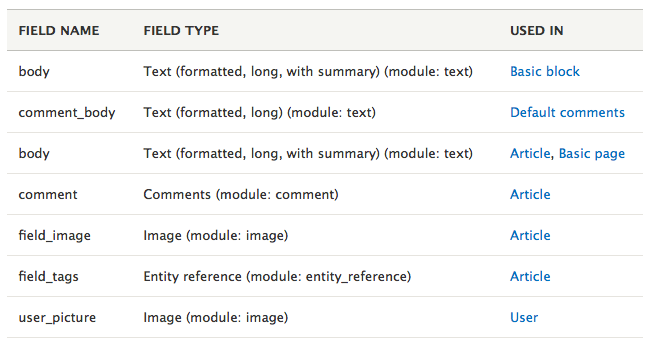
#3. CKEditor
Previous versions of Drupal did not provide a text editor.
Drupal 8 ships with CKEditor, one of the very best text editors on the market.
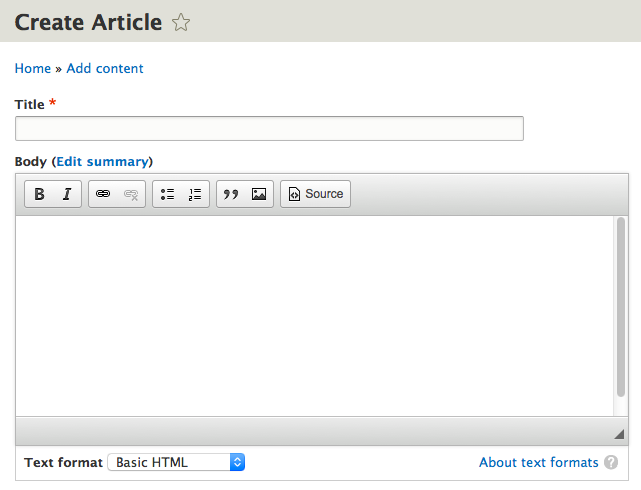
#4. Quick Edit
Thanks to the "Quick Edit" module, if you're logged into Drupal and looking at content, you'll be able to edit text directly from the front-end of your site.
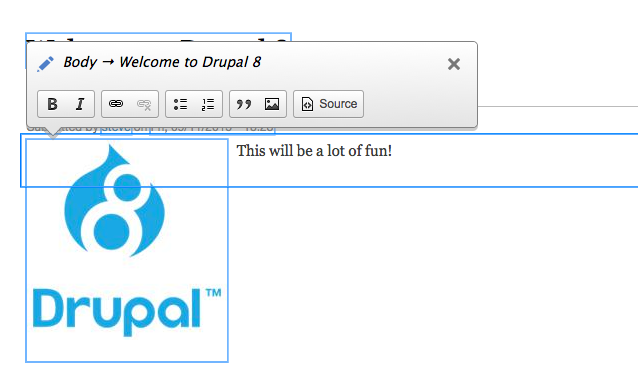
#5. Responsive Images
Drupal 7 provided image styles in the core, which allowed you to automatically resize images.
Drupal 8 takes that a step further and allows you to choose different styles for individual images. The various styles will be used for different device sizes.
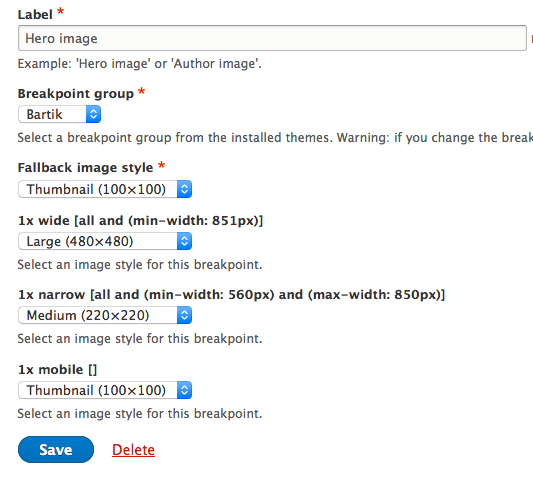
#6. Tour
Drupal's explanatory text was always hidden away under the "Help" link. Now, thanks to the Tour module, you can click the "Tour" link and see pop-ups that explain how Drupal works. The screenshot below shows a tour of the Views module:
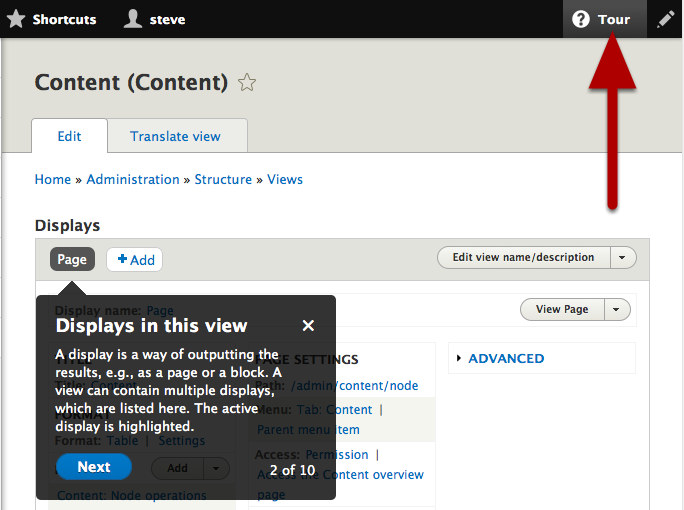
#7. Views
Wait! Did I say "Views" in the last section?
Yes, I did. Views is now in the Drupal 8 core. Not only is it available by default, but most of the Drupal administration screens now use Views, which makes them easy to customize.
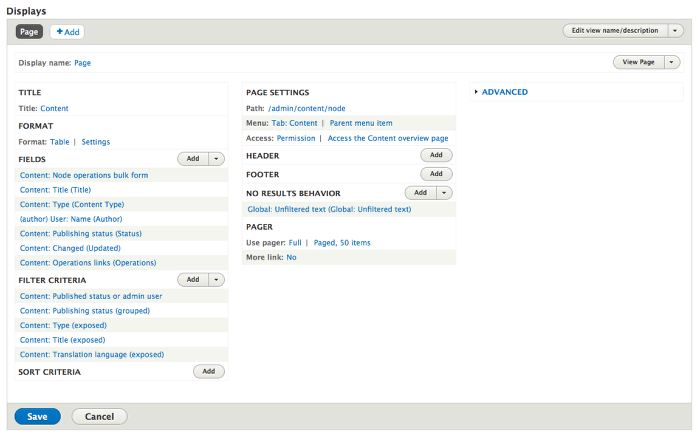
#8. Multilingual
Multi-lingual Drupal 7 sites required you to install numerous modules. The process is much smoother in Drupal 8, with 4 key modules in the core.
Once those modules are enabled, you can almost immediately start translating your site.
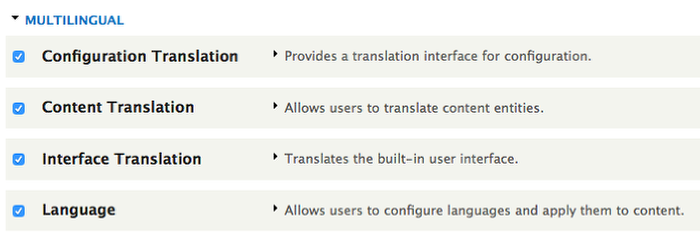
#9. Configuration Manager
The new Configuration Manager module in Drupal 8 makes it much easier to export and import the features that you build.
For example, if you create a new content type, you can export it from your test site and easily import it into a live site.
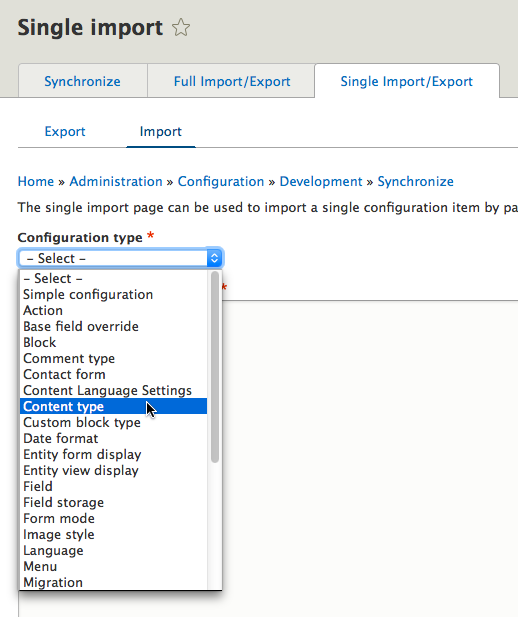
#10. Webservices
As with multi-lingual sites, it used to require several contributed modules to create a webservice in Drupal 7. Now, in Drupal 8, everything you need is in the core.
Enable the four Web Services modules, go to Views, and you'll immediately be able to create a REST export.






